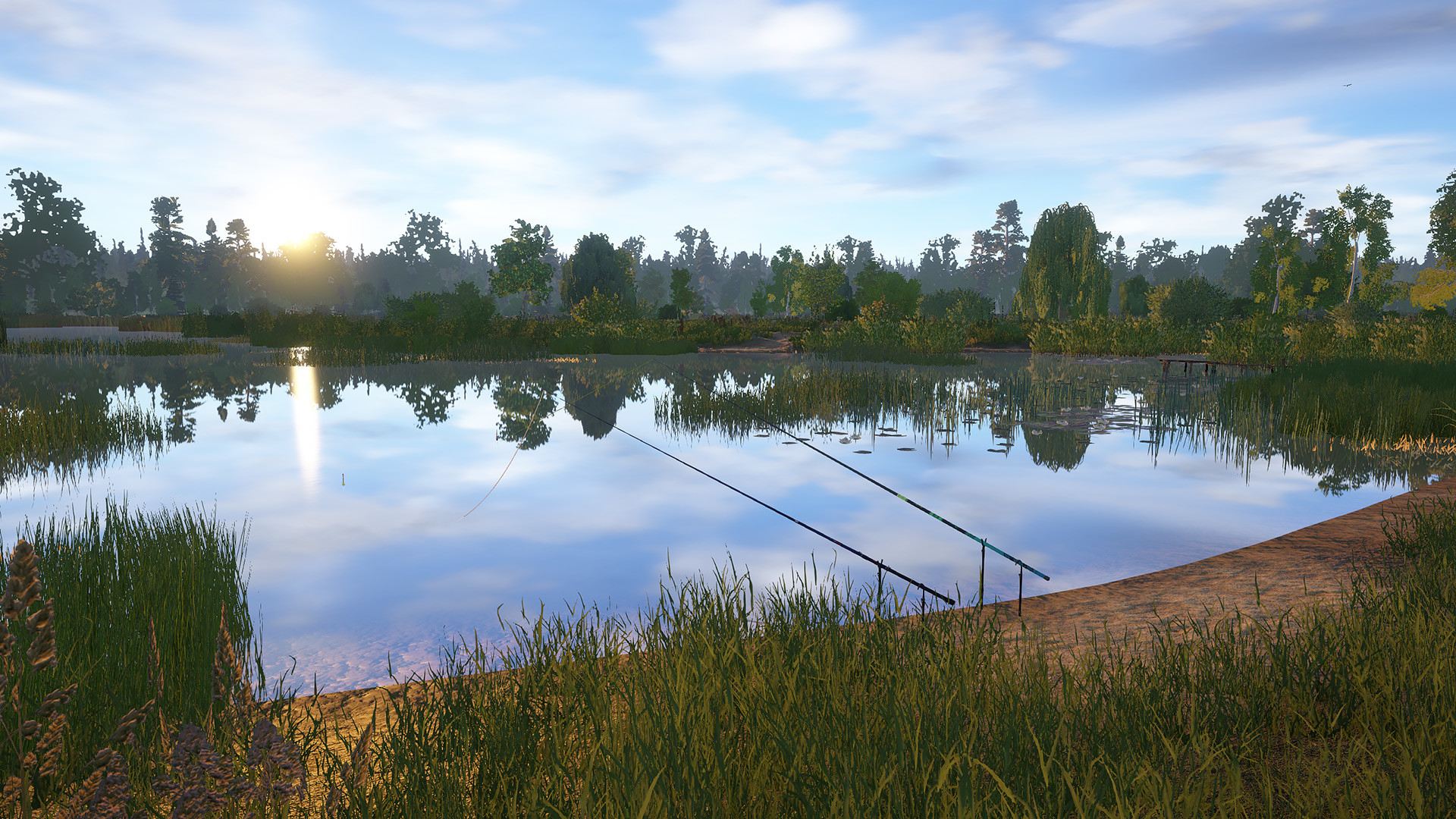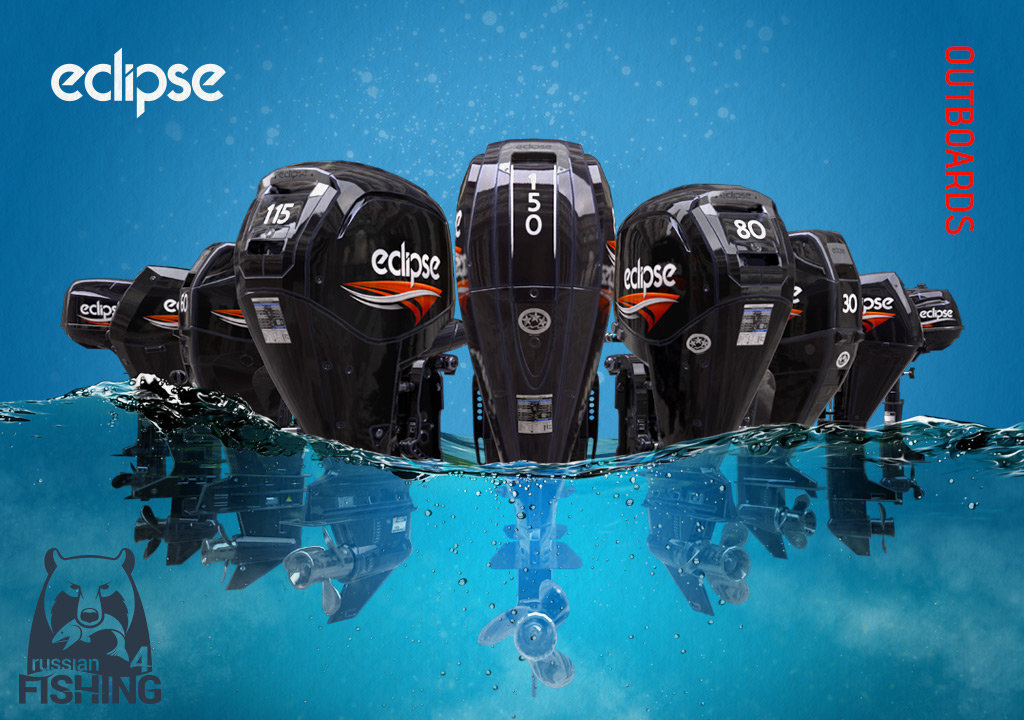


Plastic drinking bottles, likely originating from passing shipping vessels, cover an uninhabited island of the South Atlantic Ocean 21 while abandoned, lost or otherwise discarded fishing gear (ALDFG) accumulates on remote islands of the Pacific Ocean 30, 31. It is widely assumed that the majority of plastic debris in the ocean originates from land, but the contribution of oceanic sources was found greater in offshore regions 29. The floating fraction of plastic pollution is highly problematic from an ecological perspective as positively buoyant plastic items represent a substantial vector for the transportation of invasive species 24, 25, 26 and hence threaten biodiversity in other parts of the ocean 27, 28. While maintaining buoyancy, these plastics can be transported at the sea surface and transported across oceans, influenced by a wide range of processes including currents, wind and waves 23. Negatively buoyant plastics are generally found closer to land-based sources while positively buoyant plastics dominate remote areas 11. There, the composition of accumulated plastic waste differs by location 22. At present, these programs are mostly focused on plastic debris collected from coastal environments 14, 18, 19, 20, 21, 22. Litter monitoring programs and local cleanup efforts provide a useful tool to derive composition, abundance, sources and origins of plastic debris. With recent studies estimating up to several million tonnes of mismanaged plastic waste entering the world’s oceans from coastal cities 4 and rivers worlwide 5, 6, 7, 8 every year, the larger part is believed to be predominantly accumulating on shorelines 9, 10, 11, 12, 13 or on the seabed in proximity to landmasses 14, 15, 16, 17. However, it is well recognized that the mass of plastics accumulated at the surface of oceanic subtropical gyres like the NPGP represents only a small fraction of the global plastic emissions into the marine environment.
#RUSSIAN FISHING 4 DOWNLOAD CLIENT ONLY PATCH#
This accumulation zone, referred to as the North Pacific Garbage Patch (NPGP), has been extensively documented 1, 2, 3 and became a symbol of the impact of the widescale use of plastics and their discarding in the global ocean. While recent assessments for plastic inputs into the ocean point to coastal developing economies and rivers as major contributors into oceanic plastic pollution, here we show that most floating plastics in the North Pacific subtropical gyre can be traced back to five industrialised fishing nations, highlighting the important role the fishing industry plays in the solution to this global issue.Ī large mass of plastics is currently floating and accumulating in the North Pacific subtropical gyre. Our results, complemented with numerical model simulations and findings from a previous oceanographic mission, revealed that a majority of the floating material stems from fishing activities. The debris was later sorted, counted, weighed, and analysed for evidence of origin and age.

In 2019, an oceanographic mission conducted in the area, retrieved over 6000 hard plastic debris items > 5 cm. A large fraction is composed of fishing nets and ropes while the rest is mostly composed of hard plastic objects and fragments, sometimes carrying evidence on their origin. The subtropical oceanic gyre in the North Pacific Ocean is currently covered with tens of thousands of tonnes of floating plastic debris, dispersed over millions of square kilometres.


 0 kommentar(er)
0 kommentar(er)
